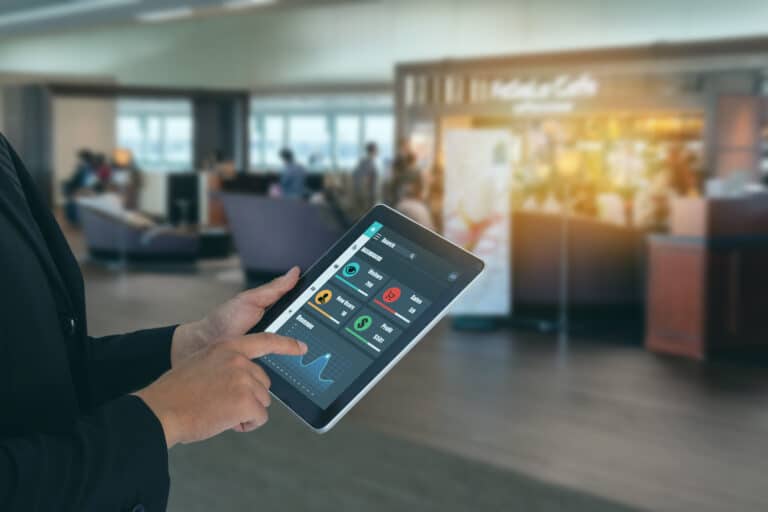At first glance, water seems like one of Earth’s most renewable resources. It falls from the sky when it rains, it surrounds us in oceans, it’s inside glaciers and icebergs and it covers a staggering 70 per cent of the world’s surface.
However, there’s a problem. Around 97.5 per cent of seawater is unfit for human consumption, and with populations and temperatures rising around the world the freshwater reserves that we do have are under severe pressure.
This is leading to a worldwide water crisis.
There are currently 7.5 billion people on the planet, and the population is projected to top 10 billion by 2050. This, combined with the fact that water is hard to transport over long distances and we need it for everything that we do (such as drinking, agriculture, industry, manufacturing, construction and washing), means the water shortage situation is only growing more urgent.
Water demand is set to increase by 55 per cent between 2000 and 2050, yet a NASA-led study has found that many of the world’s freshwater sources are already being drained faster than they are being replenished.
Aquifers – gravel and sand-filled underground reservoirs where freshwater reserves are stored – are receding at an alarming rate. From India to China, the United States to France, 21 out of the world’s 37 major aquifers are receding.
The Ganges Basin in India is depleting by an estimated 6.31 centimetres every year due to population and irrigation demands, while Mexico City’s aquifer is sinking in some areas at a staggering rate of nine inches a year.
So, is it too late?
Not at all! In fact, there’s plenty that can be done to reduce our water consumption and help preserve our water reserves.
Let’s take a look at Cape Town in South Africa for example. In 2018, following several years of low rainfall, a particularly severe drought in South Africa and using more water than it could sustainably supply, Cape Town almost became the first major city in the modern era to run out of water – an event which is now dubbed “day zero”.
By late 2017, the city’s government warned of an imminent day zero, where the water supply would simply run out. There would have been no water in the taps for the 4 million people that lived in the city.
Thankfully, however, day zero was narrowly averted. By encouraging consumers to use water more efficiently, implementing water restrictions that curbed water usage by more than half to around 500 million litres per day, other changes in practices such as irrigating by night and reusing grey water from washing machines and showers, as well as strong rains in June 2018, dam levels steadily increased.
In September 2018, dam levels were back close to 70 per cent and the city began easing water restrictions.
Some of the most effective ways of managing water resources are actually the simplest.
For example, one of the most effective ways to preserve water is to simply plug leaking pipes and fix aged or poorly maintained infrastructure. It’s estimated that one dripping tap can leak 300 litres a year. Now imagine what a leaking pipe leading to a major water reservoir would do.
How can utility providers help?
A conservation and demand management program is an essential component for any utility provider, and particularly those in the water industry. Not only is it important for water providers when it comes to saving money and become more efficient, but it’s also now an essential part of the customer experience.
Tools such as smart water meters, usage notifications, leakage detection alerts and self-service portals are all fantastic ways for water providers to, not only improve customer satisfaction but, help consumers cut down on their water usage.
Through the use of the Silverblaze Customer Portal for Utilities, for example, your utility will be able to provide an all-in-one solution for your customers that sends real-time insightful data and information straight to their preferred device – encouraging them to make smarter water usage decisions and save money.
Ready for more information about how your utility can help preserve our important water reserves while improving customer satisfaction at the same time? Contact our team of experts today. We would be more than happy to answer any questions you have.
{{cta(‘8fc9bbd4-3028-4288-a3ff-ce18ca5e054d’)}}




